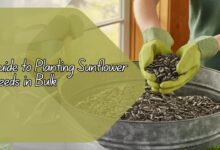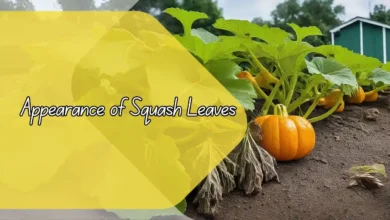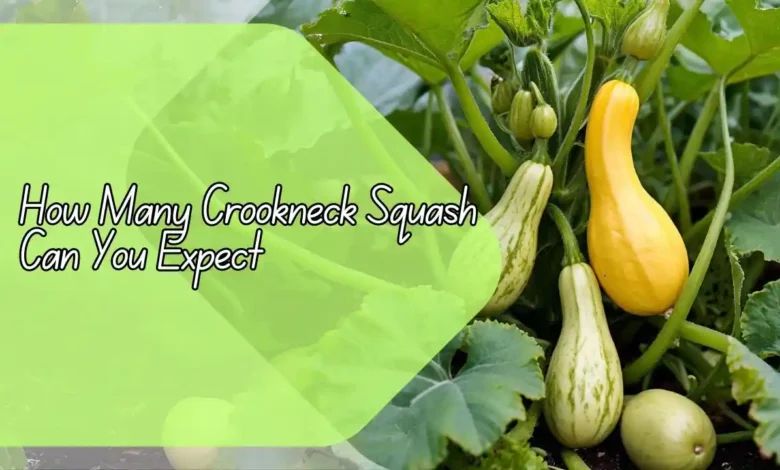
How Many Crookneck Squash Can You Expect From One Plant?
In this article, we will discuss the potential yield of crookneck squash from a single plant in your garden. We will explore factors that can influence the number of squash produced and provide tips on how to maximize your harvest. By the end of this article, you will have a better understanding of what to expect when growing crookneck squash.
How many crookneck squash can one plant produce?
On average, a healthy crookneck squash plant can produce anywhere from 10 to 20 fruits throughout the growing season. However, this number can vary depending on several factors, such as the variety of squash, growing conditions, and care provided to the plant.
The variety of crookneck squash you choose to plant can impact the yield. Some varieties are known to be more prolific producers than others.
Additionally, providing adequate water, sunlight, and nutrients to the plant can also increase the number of squash it produces. Regularly fertilizing the plant and ensuring proper spacing between plants can help optimize growth and yield.
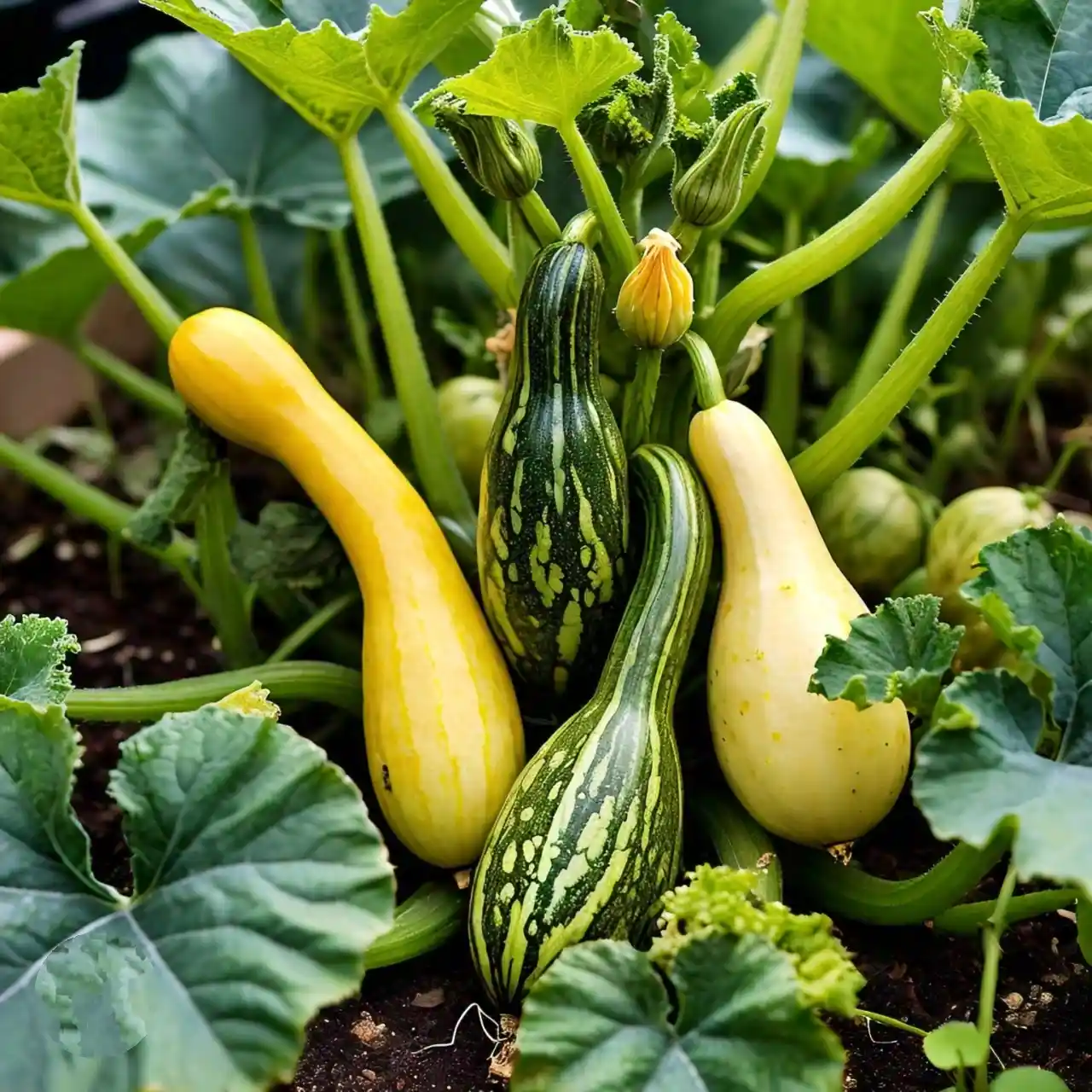
How long does it take for crookneck squash to mature?
Crookneck squash typically takes 45 to 55 days to reach maturity after the seeds are planted. Once the plant starts producing fruits, they can be harvested when they are young and tender, usually around 4 to 6 inches in length. Regularly harvesting the squash can encourage the plant to continue producing more fruits throughout the season.
It is important to check the plant regularly for ripe squash to prevent them from becoming overripe and affecting the overall yield. Overripe squash can also hinder the plant’s ability to produce new fruits, so it is essential to harvest them in a timely manner.
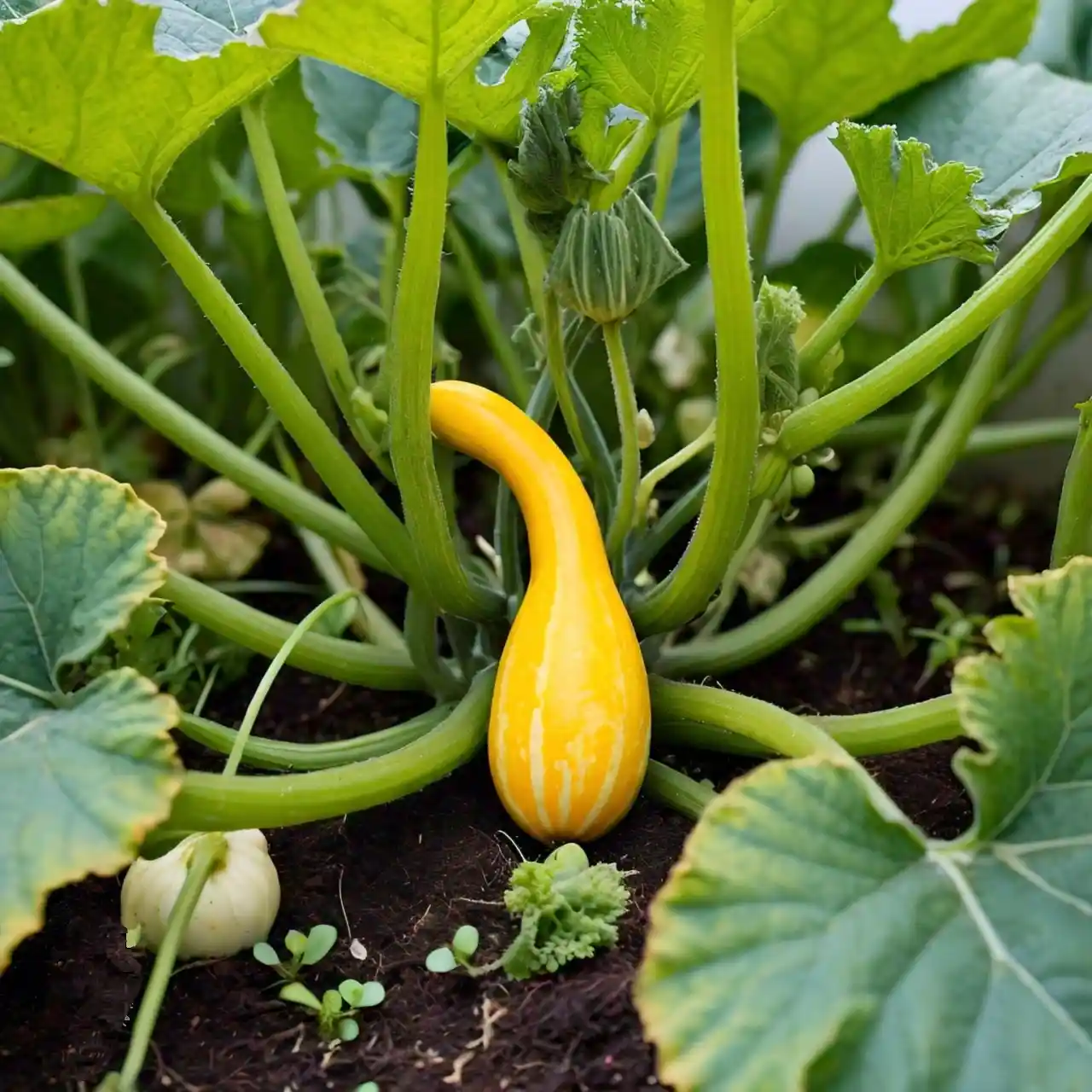
How can I increase the yield of crookneck squash?
There are several ways to increase the yield of crookneck squash in your garden. First, make sure to plant the squash in well-draining soil with plenty of sunlight exposure. Adequate water and regular fertilization can also help promote healthy plant growth and increase the number of fruits produced.
Additionally, pruning your crookneck squash plant can help redirect energy towards fruit production. Pruning off excessive leaves or branches can allow the plant to focus on developing more squash. Proper spacing between plants is also crucial to ensure each plant has enough room to grow and thrive.

When is the best time to plant crookneck squash?
Crookneck squash are warm-season vegetables that thrive in temperatures between 70°F and 95°F. The best time to plant crookneck squash is after the last frost date in your area when the soil has warmed up sufficiently. This is typically in late spring or early summer.
Planting crookneck squash too early in cold soil can stunt their growth and affect the yield. Make sure to provide adequate protection from pests and harsh weather conditions to ensure the plants have the best chance of producing a bountiful harvest.
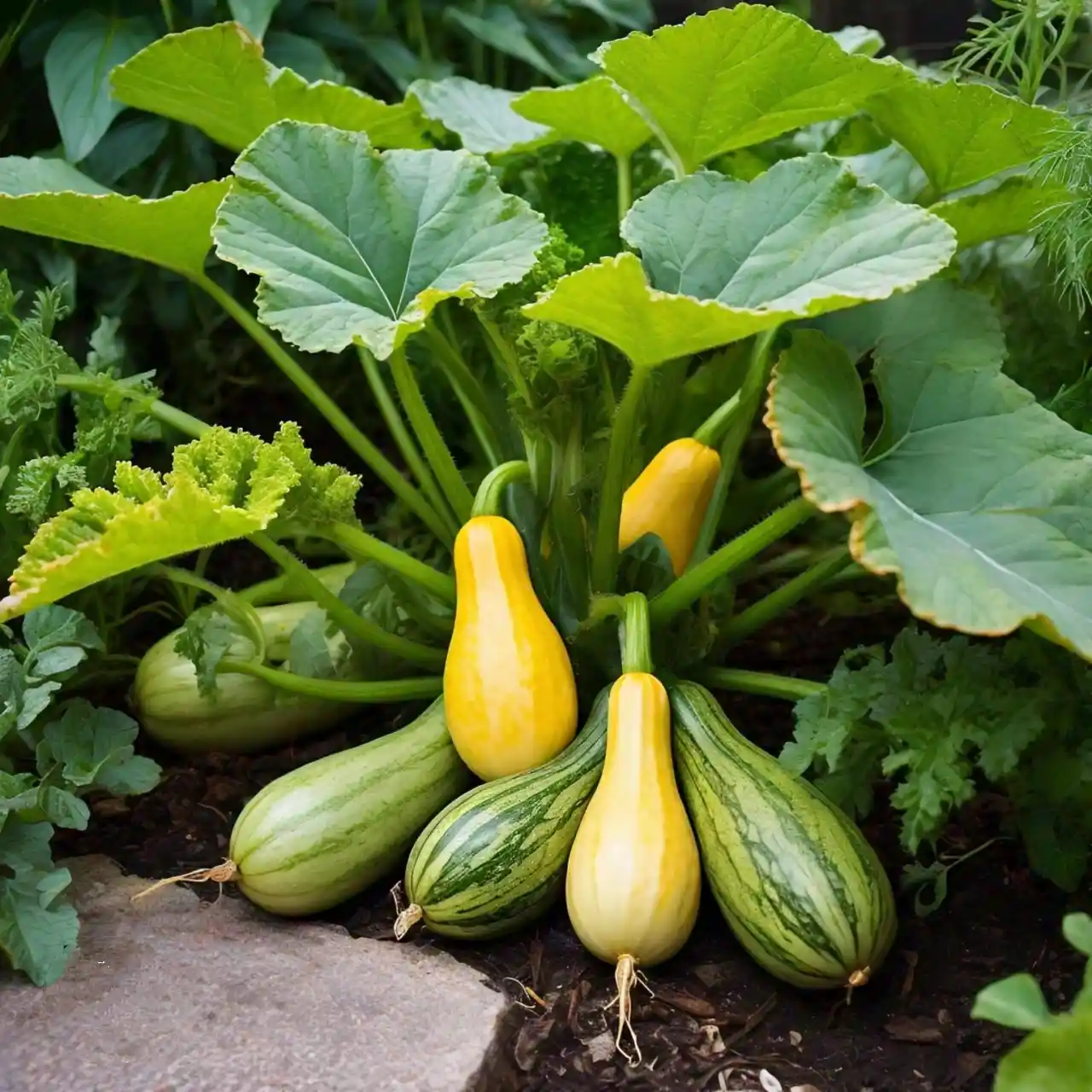
How do I know when to harvest crookneck squash?
Crookneck squash are best harvested when they are young and tender, usually around 4 to 6 inches in length. The skin should be smooth and glossy, without any blemishes or discoloration. Use a sharp knife or scissors to cut the squash from the plant to avoid damaging the vine.
If left on the plant for too long, crookneck squash can become overripe and develop tough, bitter skins. Regular harvesting encourages the plant to continue producing new fruits and ensures a steady supply of fresh squash throughout the growing season.
Conclusion
In conclusion, a single crookneck squash plant can produce anywhere from 10 to 20 fruits during the growing season, depending on various factors such as variety, growing conditions, and care provided.
By choosing the right variety, providing optimal growing conditions, and regularly harvesting the fruits, you can maximize the yield of crookneck squash in your garden.
FAQs
Can I grow crookneck squash in containers?
Yes, crookneck squash can be grown in containers as long as they have enough room for the plant to spread out its roots. Choose a large container with good drainage and place it in a sunny location. Make sure to water the plant regularly and provide adequate support for the vines as they grow.
How often should I fertilize my crookneck squash plant?
It is recommended that crookneck squash plants be fertilized every 2-3 weeks with a balanced fertilizer to promote healthy growth and fruit production. Be sure to follow the instructions on the fertilizer package and avoid over-fertilizing, which can lead to nutrient imbalances and damage the plant.
Do crookneck squash plants require support as they grow?
While crookneck squash plants do not typically require support structures like trellises or stakes, providing a bed of mulch around the base of the plant can help retain moisture and deter pests. It is also important to monitor the growth of the plant and adjust spacing as needed to prevent overcrowding and promote air circulation.
Can I save seeds from my crookneck squash for next year’s planting?
Yes, you can save seeds from mature crookneck squash fruits for planting in the following year. Simply remove the seeds from the squash, rinse them thoroughly, and allow them to dry completely before storing them in a cool, dry place. Make sure to label the seeds with the variety and date collected for future reference.
How can I prevent common pests and diseases in my crookneck squash plants?
To prevent common pests such as aphids and squash bugs, regularly inspect your crookneck squash plants for signs of infestation and remove any affected leaves or fruits. Applying organic pest control methods, such as neem oil or insecticidal soap, can help deter pests without harming the plant or the environment. Additionally, practicing crop rotation and maintaining good garden hygiene can help prevent the spread of diseases and ensure a healthy crop of crookneck squash.



